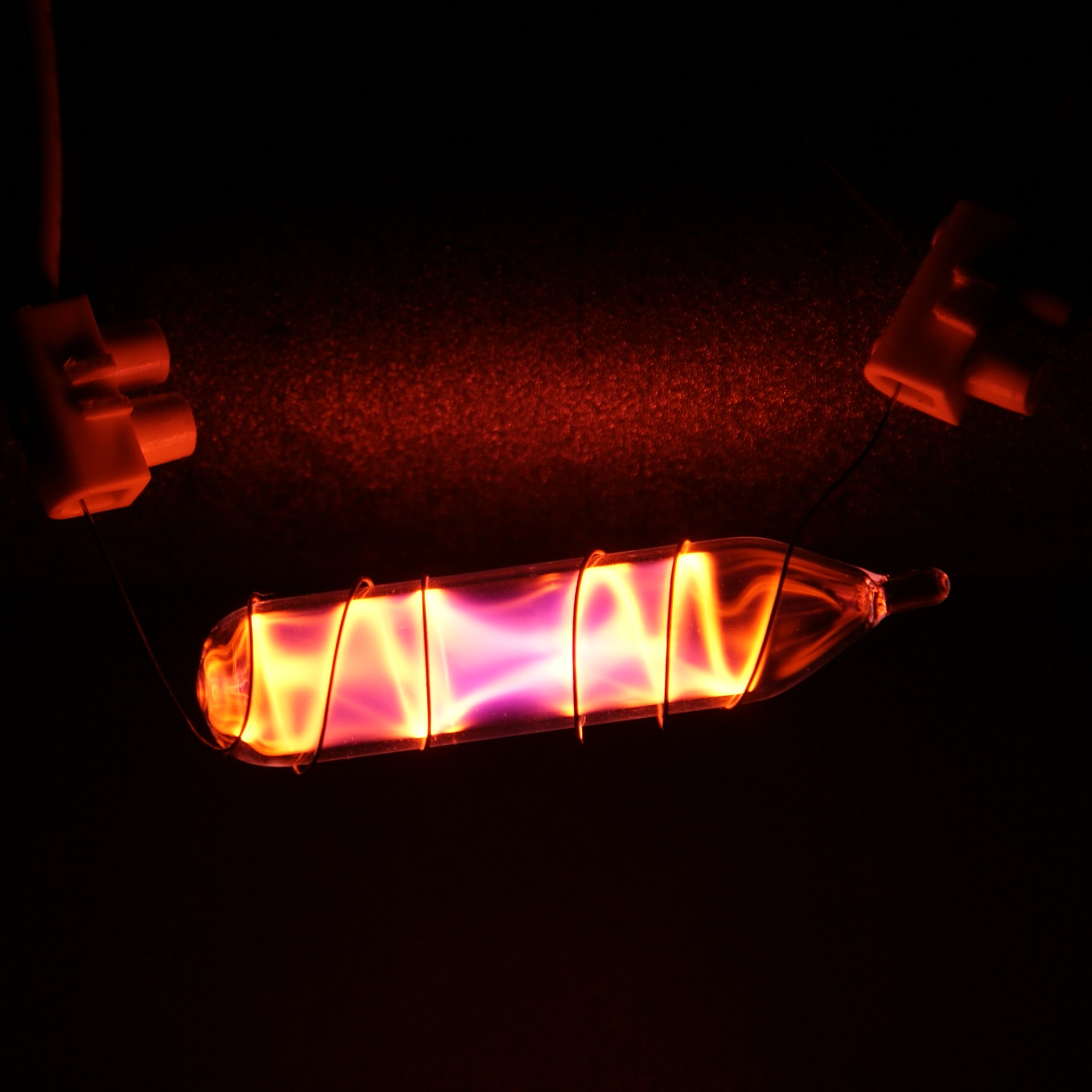

Anthony bought two signs for his Packard dealership in Downtown Los Angeles. In 1923, neon made its first appearance in North America when Earle C. Soon, neon signs were popping up all over Paris-160 of them by 1913, and over 6,000 by the late 20s. That same year, the company sold their first neon sign to a ritzy barber shop at 14 Boulevard Montmartre-a space now occupied by a Hard Rock Cafe. In 1912, they reduced the diameter of the glass tubes to make it more malleable, making it possible to shape the tubes into words. Then, in 1907, a French businessman by the name of Georges Claude found a cheaper way to isolate neon and began mass producing neon lights, first showing them off at the 1910 Paris Motor Show.Ī few years after that success, Claude’s business partner-Jacques Fonseque-saw an opportunity in the signage business for their new technology. Shortly after the discovery, neon light tubes became scientific novelties, but the high cost prevented them from being used for anything more substantial. Travers wrote that “the blaze of crimson light from the tube told its own story and was a sight to dwell upon and never forget… for a moment, the spectrum of the gas did not matter in the least, for nothing in the world gave a glow such as we had seen.” Travers and Ramsay were immediately awed by the brilliant red-orange color that the gas showed under electrical current. By adding an electric charge to the gas, they were able to identify it based on the color it emits.

They put the gas into a tool called an “electrical gas-discharge” tube-essentially an early precursor to today’s neon lights. It was an elusive element to isolate, taking the duo about a month to finally capture. Travers and William Ramsay first discovered neon in 1898 by liquefying air then capturing the gases that boiled off as they heat it.
Color of neon element full#
At two thirds the density of air, a balloon full of neon will rise slowly.īritish scientists Morris W. Neon (the element) sits on the far right side of the periodic table, atomic number 10, with the noble gases-one of the most common elements in the universe, but relatively rare here on Earth. Like the hand-painted billboards before them, neon is becoming an uncommon advertising art.īut don’t turn off the lights just yet for those who desire a handmade aesthetic, the nostalgic blaze of neon can’t be replicated. These days, more and more neon signs are being replaced by cheaper and more adaptable L.E.D. But even neon isn’t immune to the endless march of technology. From highly visible billboards to dust-covered signs in bodega windows, neon is a marketing staple that helps businesses shine. In the century since their invention, neon signs have become one of marketing’s most ubiquitous tools. They’re an increasingly rare breed as more businesses opt for LED over neon, shops specializing in the inert gas become harder to find. Let There Be Neon has been making neon signs for businesses, artists, and decoration for 40 years, shipping work all over the world. Their transformers give off a faint hum, audible only when the movement inside manages to stop for a moment and take a breath. Inside is a nonstop barrage of motion-shipments coming in and going out, designers working feverishly behind large monitors, phones ringing, salespeople discussing color options, and-in the very back-craftsmen bending and shaping tubes of glass with the formidable heat of gas torches.Īll of this under the glow of neon lights in every size, shape, and color.



 0 kommentar(er)
0 kommentar(er)
